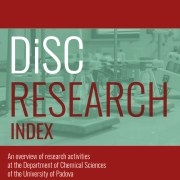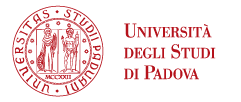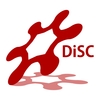
Research Areas and Groups
The research activities of the Department are centered on the following main areas:
- Chemistry for energy, environment and cultural heritage
- Chemistry for life sciences
- Materials and nanomaterials, surface science
- Supramolecular chemistry and nanochemistry
- Synthesis, reactivity and catalysis
- Theoretical and computational chemistry
Download here the updated catalogue of our active research groups.





